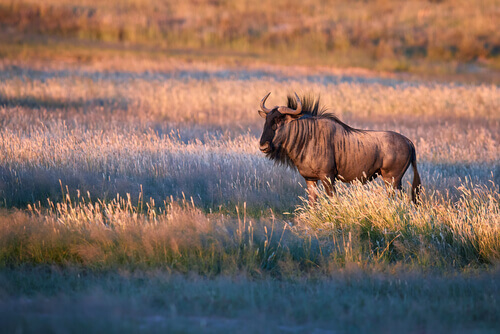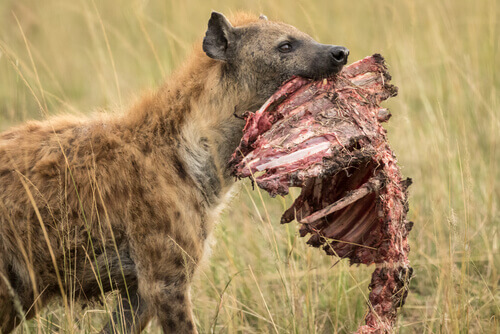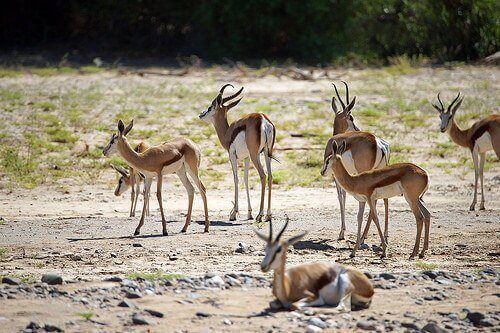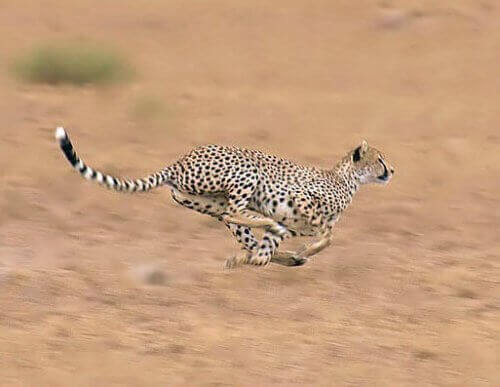The Masai Mara National Reserve of Kenya

This is one of the most important and well-known reserves in Africa and is located in Kenya. This Masai Mara National Reserve protects hundreds of plant and animal species that are typical of the savannah region. Learn more about this reserve, which is also a tourist destination, in the following article.
Characteristics of the Masai Mara National Reserve
This reserve is located in the southwest of Kenya and within the great Serengeti region (continuation of the national park of the same name). Its name comes from the Masai tribe that inhabits the area and the Mara River that crosses it.
The Masai Mara National Reserve has a territory of some 940 square miles and was founded in 1961. It comprises three sections within the Great Rift Valley: the Musiara swamp, the Mara triangle, and Sekenani.
Most of the reserve belongs to the savannah ecosystem. Most of the fauna inhabits there, since the eastern part doesn’t offer any still water.
How is the fauna of the Masai Mara natural park?
One of the main characteristics of this reserve is that its territory is inhabited by none other than ‘The Big Five” of Africa. These are the black rhino, the buffalo, the elephant, the leopard, and the lion. However, they’re not the only representative species you can find in this region. You can also spot the following:
1. Wildebeest
The wildebeest – which appears in the cover photo of this article – is a large antelope with long manes, beards on the sides of its neck, and legs with sharp hooves.
It’s a very common herbivore throughout Africa and forms numerous herds, which migrate according to the season in search of fresh herbs. Females give birth in the rainy season, and their young are able to walk as soon as they’re born.
The predators of the wildebeest are the great carnivores of the savannah, like the cheetah, the lion, or the crocodile, who take advantage of the “slowness” of young specimens. To escape, they must run from danger because, even though they have hook-shaped horns, they’re only used by the males during the reproduction season.
2. Hyena
The hyena is another of the characteristic animals of this Kenyan reserve, the smallest of the carnivores and very similar to canines in terms of their appearance. It runs very fast and catches its prey with its teeth.

Hyenas are nocturnal animals, although they can come out of their burrow at dawn when food is scarce. They live in family groups and hunt together. One of their main characteristics is that they ‘laugh’ in a macabre way, to scare away competitors for their prey.
3. Thomson’s Gazelle
This mammal of the bovine family is one of the most agile of its species. It lives in the natural park of Masai Mara, specifically near prairie water sources. It owes the ‘last name’ Thomson to the Scottish explorer who discovered it in the 19th century.

This gazelle has a very nice coat with a sandy brown back, white belly, brown stripe in the middle of the body, and short dark tail. Males have long horns and a slightly turned back, which allows them to fight with other specimens during the mating season.
4. Cheetah
The cheetah is the fastest cat on earth -it can reach some 70 mph- and its main food source is the Thomson’s gazelle. For this reason, the cheetah is one of the main protagonists of the Masai Mara natural reserve.

About 60 inches long plus about 30 inches of tail, the cheetah has a characteristic light coat with black spots, except for the face and sides of the neck. It hunts during the central hours of the day while other predators are sleeping and, thanks to its privileged eyesight, it can detect prey at great distances.
Its technique lies in not rushing or exerting a great deal of energy; it only comes out of hiding when the prey is close by or it has ‘analyzed’ the whole situation. The cheetah doesn’t have retractable claws, but they do help it to increase traction when running.
https://myanimals.com/es/el-parque-natural-de-masai-mara/